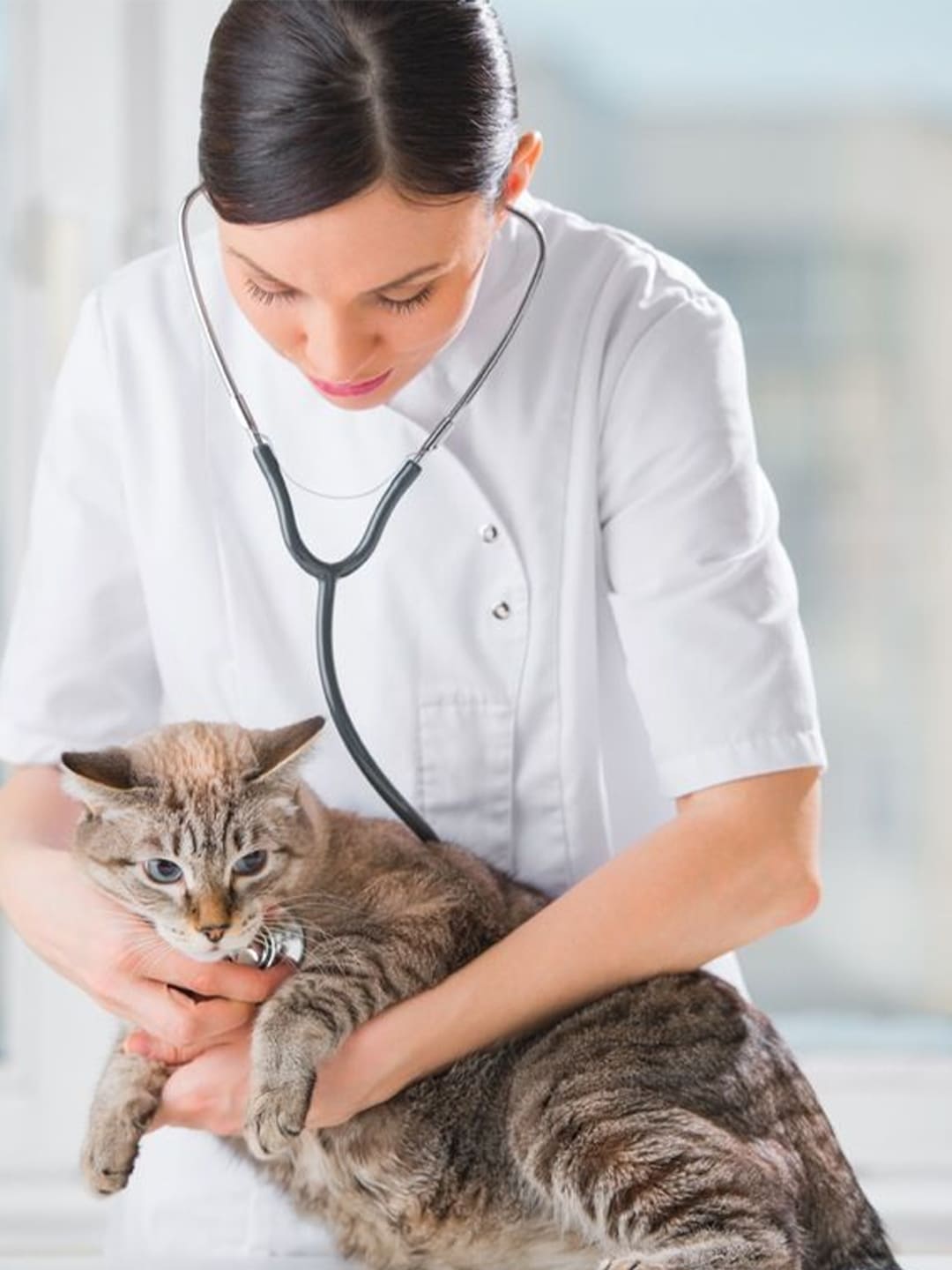Inside this Article:
- Recognizing Food Allergies in Pets
- Common Symptoms of Food Allergies in Pets
- What Causes Food Allergies in Pets?
- How to Diagnose Food Allergies in Pets
- Common Food Allergens for Pets
- Choosing the Right Food for Long-Term Management
- 1. Select a Balanced Hypoallergenic Diet
- 2. Hydrolyzed Proteins Reduce Allergenicity
- 3. Plant-Based Hydrolyzed Proteins vs. Animal-Based Proteins
- Step 1: Elimination Diet (8-12 Weeks)
- Step 2: Food Challenge Test
- Conclusion
Recognizing Food Allergies in Pets
Food allergies in pets can cause persistent health issues that often go unnoticed. If your furry companion is experiencing itching, digestive problems, or skin irritation, their food might be the culprit. Understanding the signs and taking the right steps can significantly improve their quality of life.
Common Symptoms of Food Allergies in Pets
Dogs
Skin Symptoms:
-
Itching on paws, abdomen, back, groin, face, or ears
-
Hives (urticaria)
-
Recurrent bacterial skin infections
-
Ear infections
-
Secondary yeast infections
Gastrointestinal Symptoms:
-
Vomiting
-
Bloating
-
Intermittent diarrhea
-
Colitis
-
Abdominal sounds
-
Bloody stools
Cats
Skin Symptoms:
-
Localized or widespread itching
-
Symmetrical self-induced hair loss
-
Miliary dermatitis (small scabs and redness)
-
Self-inflicted wounds on head, neck, and face
-
Eosinophilic granuloma complex
Gastrointestinal Symptoms:
-
Vomiting
-
Bloating
-
Intermittent diarrhea
-
Colitis
-
Abdominal sounds
-
Bloody stools
If your pet is constantly scratching or showing any of these signs, consult a veterinarian immediately.
What Causes Food Allergies in Pets?

Food allergies occur when the immune system mistakenly identifies certain food proteins as harmful, triggering an adverse reaction. Normally, the immune system recognizes food proteins and develops tolerance. However, in allergic pets, this defense mechanism malfunctions, leading to an overreaction.
Scientifically, this occurs when B cells undergo immunoglobulin class switching, triggering a specific Th2 response and producing allergen-specific IgE antibodies. These reactions result in inflammation, itching, and other allergy symptoms.
How to Diagnose Food Allergies in Pets
The most reliable method for diagnosing food allergies is an elimination diet trial , which involves feeding your pet a restricted diet for 8-12 weeks.
-
Introduce a novel protein or hydrolyzed protein diet and monitor your pet’s symptoms.
-
If symptoms improve, reintroduce the old diet.
-
If symptoms return, a food allergy is confirmed.
Common Food Allergens for Pets
Dogs:
-
Beef
-
Dairy
-
Chicken
-
Eggs
-
Wheat
Cats:
-
Beef
-
Dairy
-
Fish
-
Lamb
-
Pork
-
Corn
-
Wheat

Studies show that 50% of cats with food allergies are sensitive to multiple ingredients. For instance, cats allergic to one type of poultry (e.g., chicken) are likely to react to other birds like turkey, pigeon, or quail.
Choosing the Right Food for Long-Term Management
1. Select a Balanced Hypoallergenic Diet
A long-term hypoallergenic diet prevents nutritional deficiencies and ensures overall well-being.
2. Hydrolyzed Proteins Reduce Allergenicity
Hydrolyzed protein diets break down proteins into smaller molecules, reducing the risk of allergic reactions.
3. Plant-Based Hydrolyzed Proteins vs. Animal-Based Proteins
Plant-based hydrolyzed proteins have a lower allergenic potential than animal-derived proteins, making them a safer option for sensitive pets. How to Treat Food Allergies in Pets
Step 1: Elimination Diet (8-12 Weeks)
Choosing the Right Diet:
-
Opt for homemade hypoallergenic food or a hydrolyzed protein prescription diet .
-
The less allergenic the diet, the more accurate the results.
Treatment Guidelines:
-
Stop all symptom-relief medications in the last 2-3 weeks of the trial.
-
Maintain strict low-allergen nutrition , avoiding treats, flavored supplements, or human food.
-
In severe cases, medications may be required—always follow your vet’s advice.
Step 2: Food Challenge Test
Once the elimination diet is complete, reintroduce the original food for 7 days.
-
If no symptoms return , the issue may not be food-related.
-
If symptoms reappear within 1-2 days , your pet is allergic to the reintroduced food.
Conclusion
Food allergies in pets are often misdiagnosed or overlooked, leading to chronic discomfort. By identifying allergens through an elimination diet and selecting a suitable long-term diet, you can significantly improve your pet’s health and quality of life. Always consult a veterinarian before making dietary changes.




